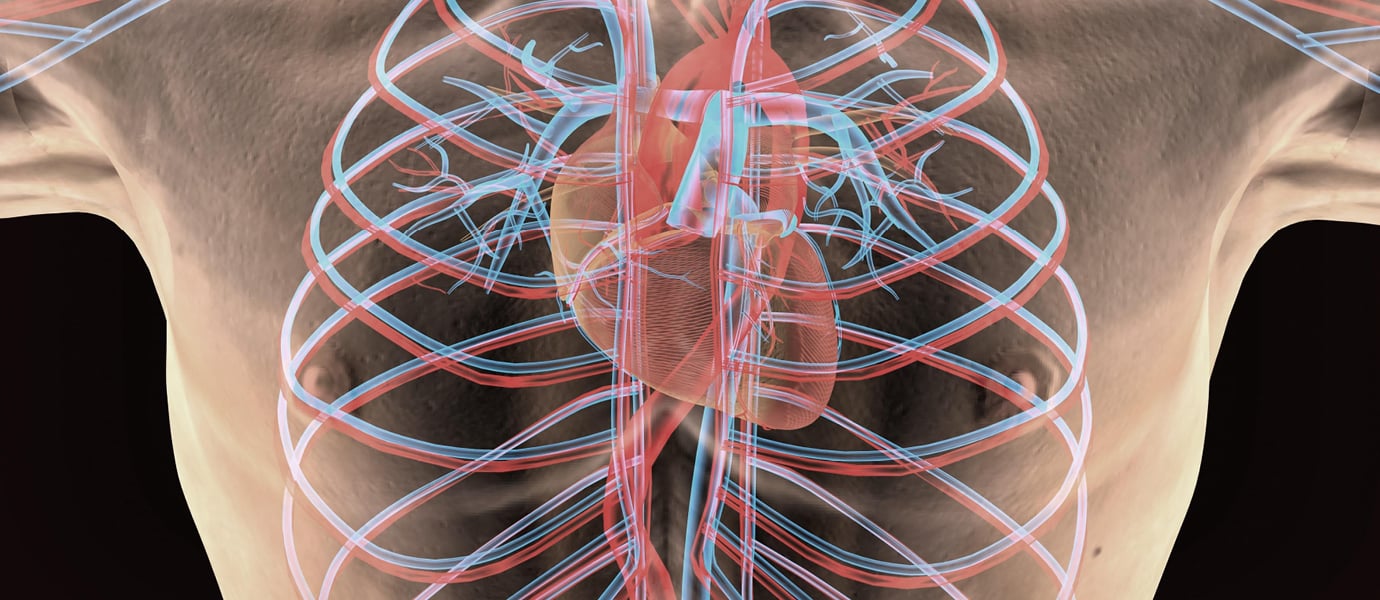ICD-10 Reminder Series: Chapter 1.C. 9. Diseases of Circulatory System Part 1

Let’s talk about ICD-10-CM guidelines for correct code assignment for Diseases of the Circulatory System,” found in Chapter 9 of ICD-10-CM. This chapter is bursting with guidelines on many different circulatory diseases, therefore, this post will be two parts. Let’s start with the coding guidelines for combination conditions of hypertensive heart, renal and pulmonary diseases.
But wait! Before we dive into coding, I want to share some interesting clinical statistical data. In the United States, there are over 75 million people with high blood pressure. High blood pressure is often called the “silent killer” because it often goes undetected due to no warning signs or symptoms. We spend about $46 billion in treating patients with hypertension. With statistics like these, it’s no wonder we are assigning so many patients with hypertensive codes.
According to ICD-10-CM guidelines, Hypertension with heart disease classified to I50.- or I51.9 should be assigned a code from category I11, such as Hypertensive Heart Disease without Heart Failure codes to I11.9. We are also instructed to use an additional code(s) from category I50, to identify the type of heart failure such as Chronic Diastolic Heart failure, code I50.32. Conditions that are unrelated to HTN, are coded separately.
Hypertensive Heart and Renal Disease are reported with combination codes that include hypertension, heart disease, and renal disease. These codes appear in category I13 and the “includes” note means that the condition from category I11 is included in category I13. ICD-10 guidelines allow the presumption of a “causal relationship” between condition codes when they are linked with terms such as “with,” “in,” “associated with” or “due to.” The guidelines instruct us to use these combination codes even in the absence of explicit documentation. Only if the documentation clearly states these conditions are not related would you use separate codes?
If the patient has hypertensive heart disease with renal failure stage 4 and heart failure report codes I13.0, I50.9, N18.4. There is a great Hypertension reference table in this chapter on page 14 of the ICD-10-CM 2019 edition which includes combination conditions to link to the correct code category.
If the patient is diagnosed with both acute and chronic renal failure, coders will also report a code for acute renal failure from category N17 or N19. For example, a patient is admitted with acute diastolic heart failure due to HTN with ESRD, the appropriate ICD-10-CM codes for this patient as per ICD-10-CM guidelines – I13.2, I50.31, and N18.6.
Secondary hypertension is high blood pressure caused by an underlying condition, but according to coding guidelines, secondary hypertension is not a manifestation but rather a symptom. Secondary hypertension codes to category I15. Two codes are required when coding from category I15: a code to identify the underlying etiology and code from I15 to identify hypertension. When sequencing these codes, you should base it on the primary reason for the encounter.
Other forms of hypertension are also common. Transient Hypertension is actually very common and often goes undetected for years. Transient hypertension is elevated blood pressure that occurs occasionally and/or lasts for a short time. Code R03.0–elevated blood pressure without a diagnosis of hypertension should be used in this situation. Controlled Hypertension refers to hypertension, which is under control by therapy and uncontrolled hypertension, refers to hypertension that is not responding to the therapeutic regimen. In either case, assign a code for category I10-I15.
Hypertensive crisis is a severe increase in blood pressure with systolic pressure (top number) of 180 or higher and diastolic pressure (bottom number) of 120 or higher. Such high blood pressure can result in a stroke, heart attack, heart failure, kidney failure or even ruptured arteries. Hypertensive crisis is divided into 2 categories; urgent code I16.0 and emergent code I16.1. Unspecified hypertensive crisis codes to I16.9. When coding a hypertensive crisis, don’t forget to include an additional code identifying the patient’s hypertensive disease from category I10-I15.
Pulmonary Hypertension is a type of hypertension that affects the arteries in the lungs as well as the arteries on the right side of the heart. ICD-10-CM guidelines direct us to use codes from category I27. A patient with secondary pulmonary hypertension with thrombocythemia should be assigned code I27.29 and D47.3
Coding hypertension conditions with other associated disease can be particularly tricky so don’t forget to review all the “Code also” instructions as well as the “INCLUDES” and “EXCLUDES” instructions.
Watch for our next blog post on Part 2 of our series.

Questions or Comments?